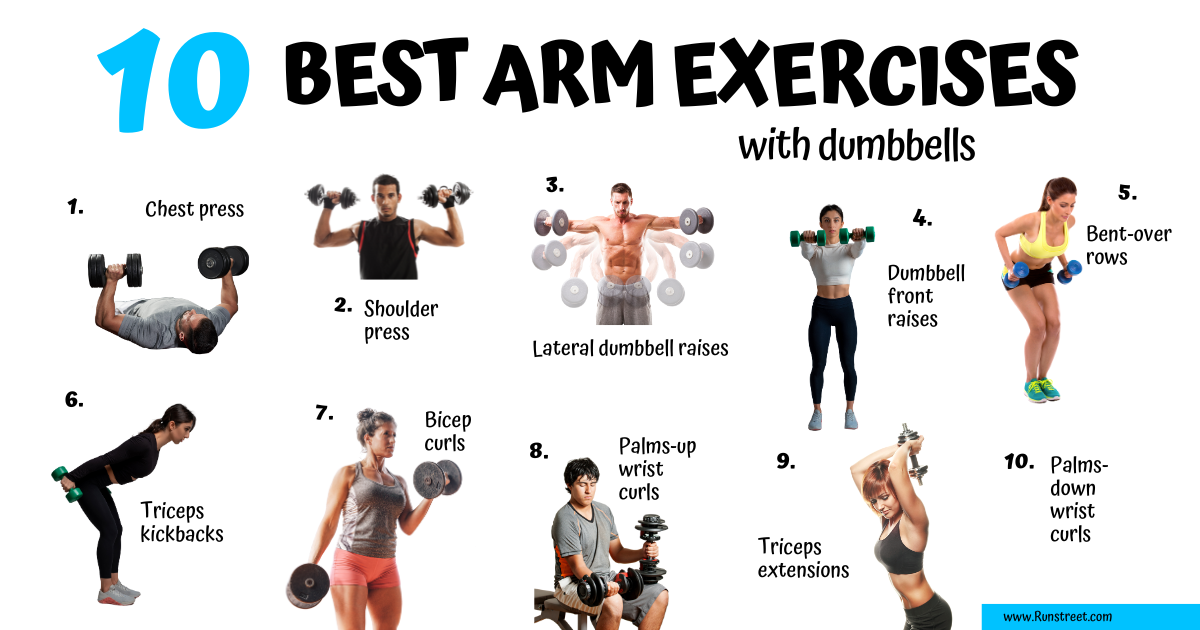Technology has completely changed how we approach fitness. From tracking steps with smartwatches to streaming workouts at home, it’s like having a coach and cheerleader in your pocket. I used to think all these gadgets were just for serious athletes, but now, they’re a huge part of my routine. Whether it’s an app that keeps me motivated or checking stats after a run, tech has made fitness feel more accessible and fun. But with all the hype, I sometimes wonder: is all this technology actually helping, or is it doing more harm than good? Let’s break it down.
One of the biggest pros of technology in fitness is how it makes everything so convenient and personalized. Apps like MyFitnessPal or Fitbit let you track your workouts, meals, and even sleep patterns, which can really keep you on top of your goals. For me, using a running app was a total game-changer, it not only tracked my miles but also gave me coaching tips mid-run. Then there’s the community aspect. Social media groups or online classes like Peloton bring people together, even if they’re miles apart. It’s like having a virtual support system cheering you on. Plus, with things like heart rate monitors and detailed progress charts, you can see how far you’ve come, which is super motivating. It’s like having a personal trainer, but way cheaper and available 24/7!

(Three watches that can serve during workouts. Source.)
But let’s be real, technology in fitness isn’t all sunshine and gains. One downside is how easy it is to get overwhelmed by all the options out there. Between fitness apps, wearable tech, and online workouts, it can feel like you need a whole other guide just to figure out where to start. I remember downloading three different workout apps once, thinking it would help me stay on track. Instead, I got so caught up comparing features that I barely worked out at all! Plus, not everything is as accurate as it seems. Those calorie counters on treadmills? They can be way off. And then there’s the risk of becoming too dependent on your gadgets, like feeling lost if your smartwatch dies mid-run. Sometimes, all this tech takes the fun out of fitness and makes it feel more like a chore than something you actually enjoy.

(Peloton is a great online workout that many adults use.Source.)
Technology has completely changed the way we approach fitness, offering amazing tools to track progress and stay motivated, but it’s not without its challenges. At the end of the day, it’s all about balance, using tech as a guide, not a crutch, and remembering that the best workout is the one that keeps you moving and feeling good. Embrace the gadgets, but don’t forget to listen to your body, it’s the most advanced system you’ve got!











:max_bytes(150000):strip_icc()/erin-oprea-muscle-building-workout-plan-2-1dc246463d8d4f3f8fbdca51b40d4e87.jpg)

